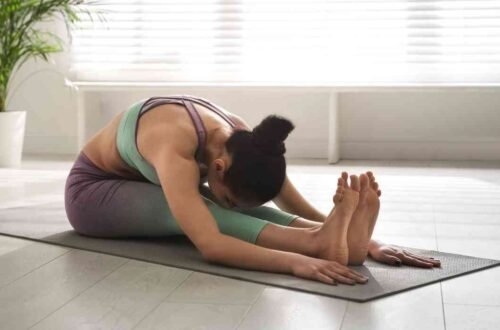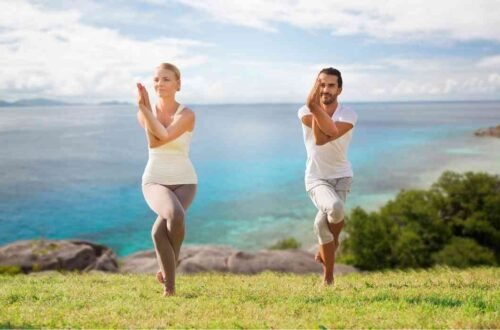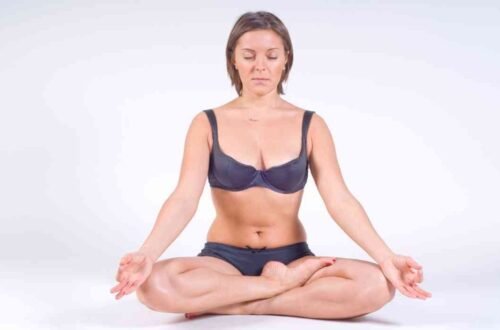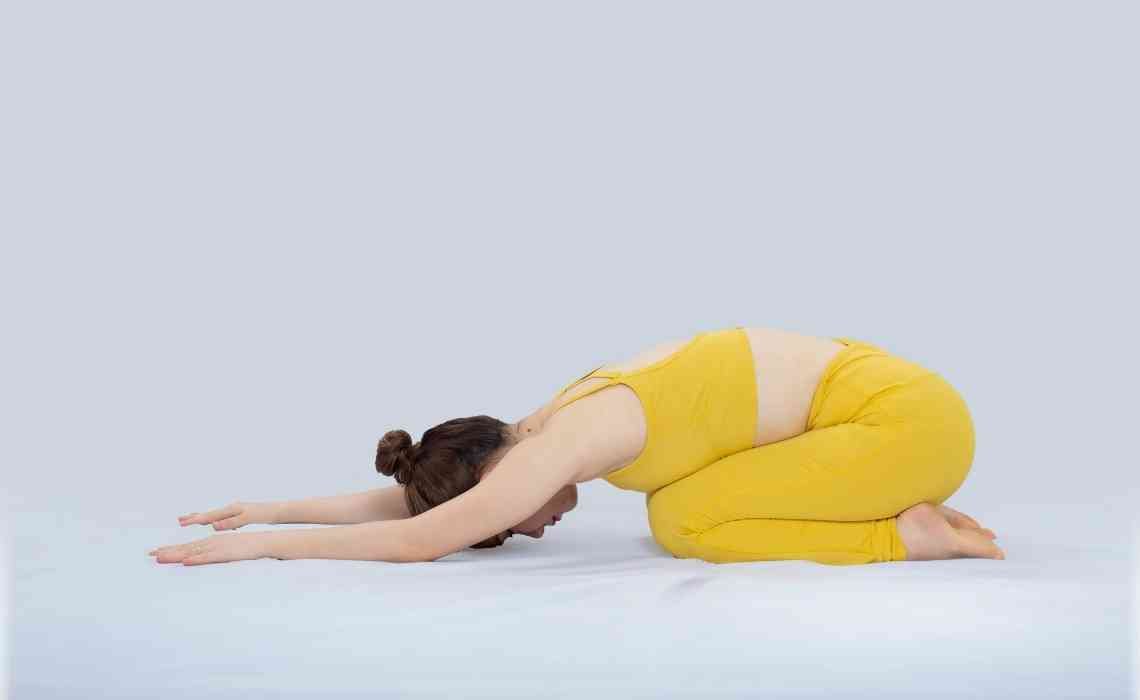
What Are the 26 Yoga Poses Called? Simple Guide for Beginners
Yoga is a beautiful practice that helps keep your body strong, your mind calm, and your heart happy. When we talk about the 26 yoga poses, we are referring to a special group of movements that are practiced in something called Bikram Yoga, also known as “hot yoga.” These 26 poses are always done in the same order during a class. Let us explore what these poses are called and what each one does for your body.
What Is Bikram Yoga?
Bikram Yoga is a style of yoga created by Bikram Choudhury. It is different from other yoga styles because it is always done in a room heated to about 105 degrees Fahrenheit with 40% humidity. This heat helps your muscles stretch more easily and encourages you to sweat a lot, which can help clean out your body. Bikram Yoga classes always have the same 26 poses and two breathing exercises, making it easy to track your progress over time.
Now, let us dive into the poses and learn more about them!
The 26 Yoga Poses and Their Meanings
1. Pranayama Series (Deep Breathing Exercise)
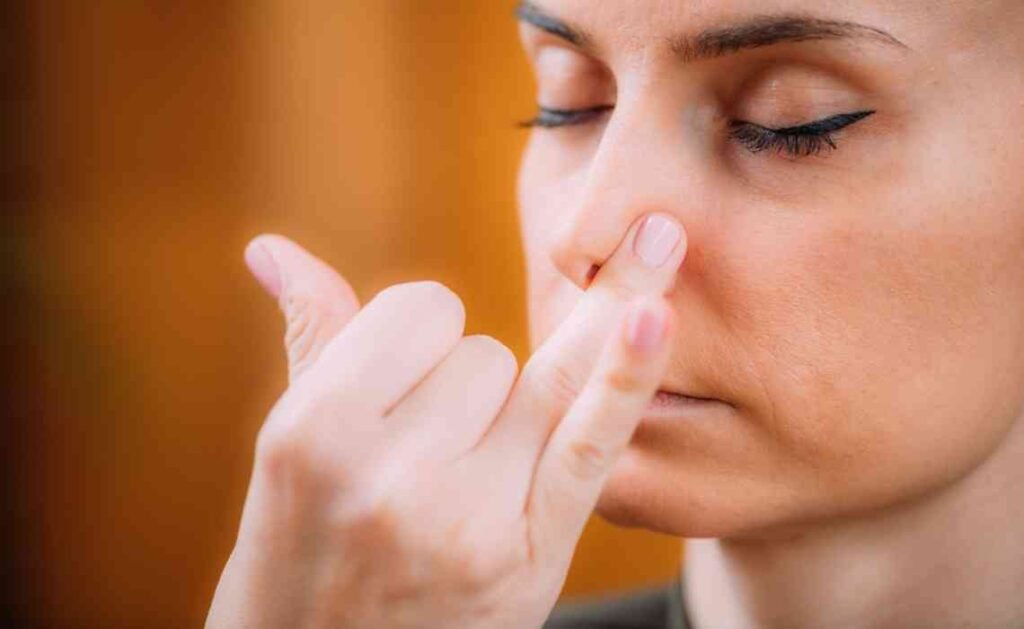
This is the first breathing exercise that helps get your lungs ready for the class. You stand tall and breathe deeply, stretching your lungs to their full capacity. It warms up your body and fills it with fresh oxygen.
2. Half Moon Pose (Ardha Chandrasana) with Hands to Feet Pose (Pada-Hastasana)
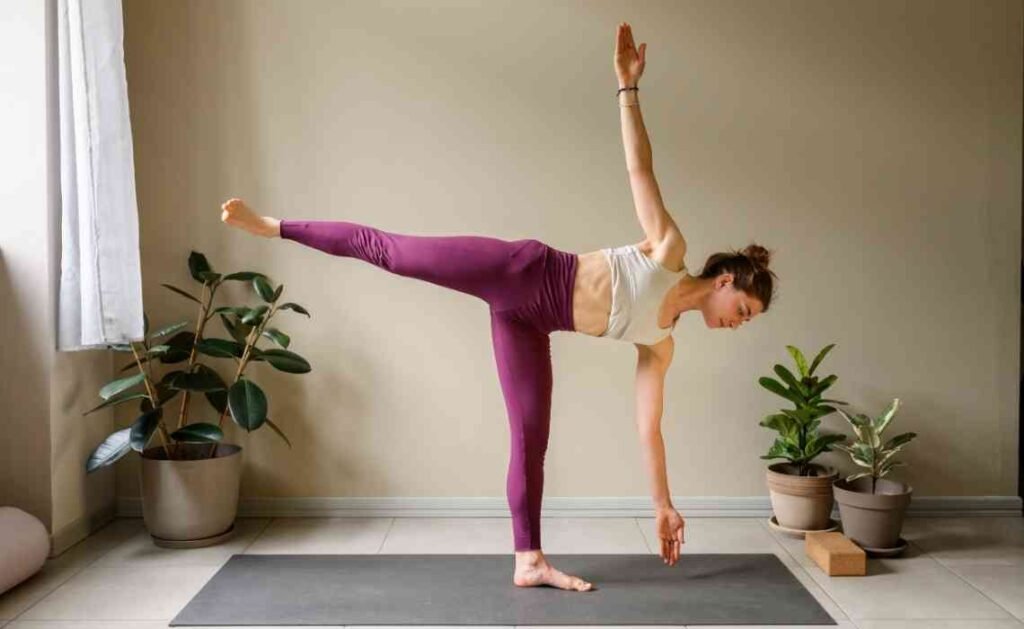
In Half Moon Pose, you stretch your body from side to side, making a beautiful crescent shape. This helps make your waist thinner and strengthens your spine. Then, you bend forward to touch your feet, which stretches your legs and back.
3. Awkward Pose (Utkatasana)
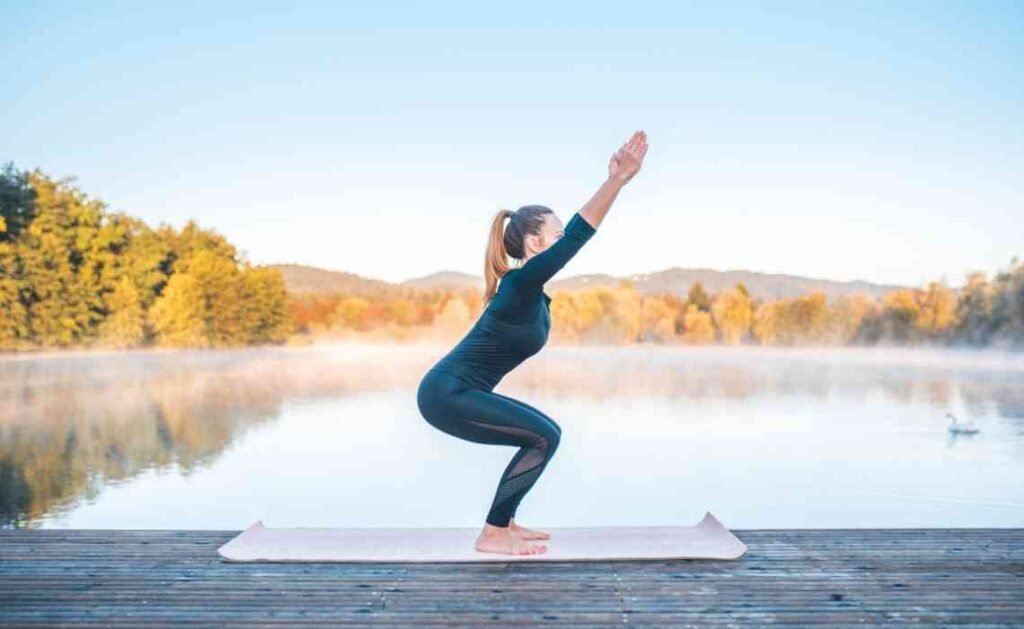
Imagine sitting on an invisible chair! This pose makes your thighs, calves, and spine very strong. It also improves your balance and focus.
4. Eagle Pose (Garudasana)

In this pose, you twist your arms and legs around each other like ropes. It helps move blood to all your joints and improves balance and flexibility.
5. Standing Head to Knee Pose (Dandayamana-Janushirasana)
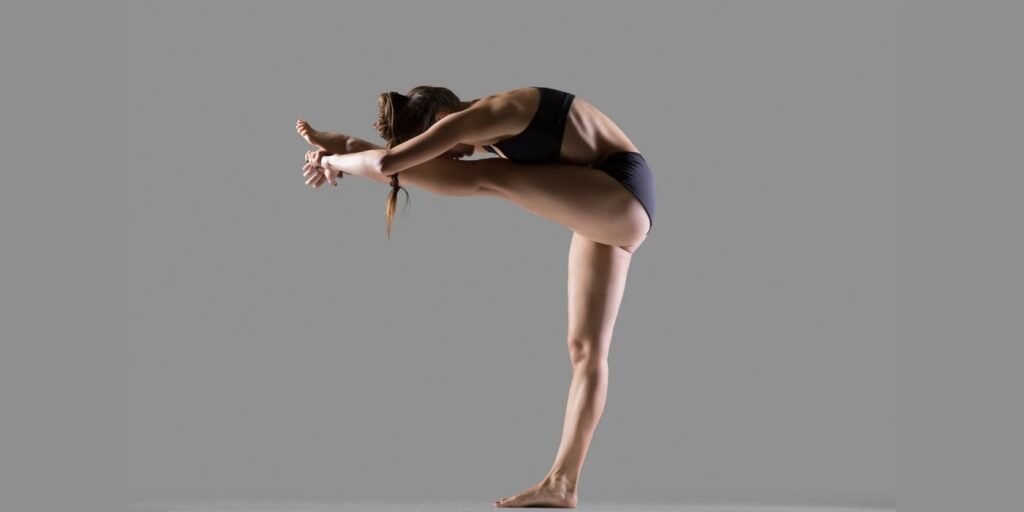
You balance on one leg while holding the other leg straight out and touching your forehead to your knee. This builds strong concentration, improves balance, and strengthens your legs and core muscles.
6. Standing Bow Pulling Pose (Dandayamana-Dhanurasana)
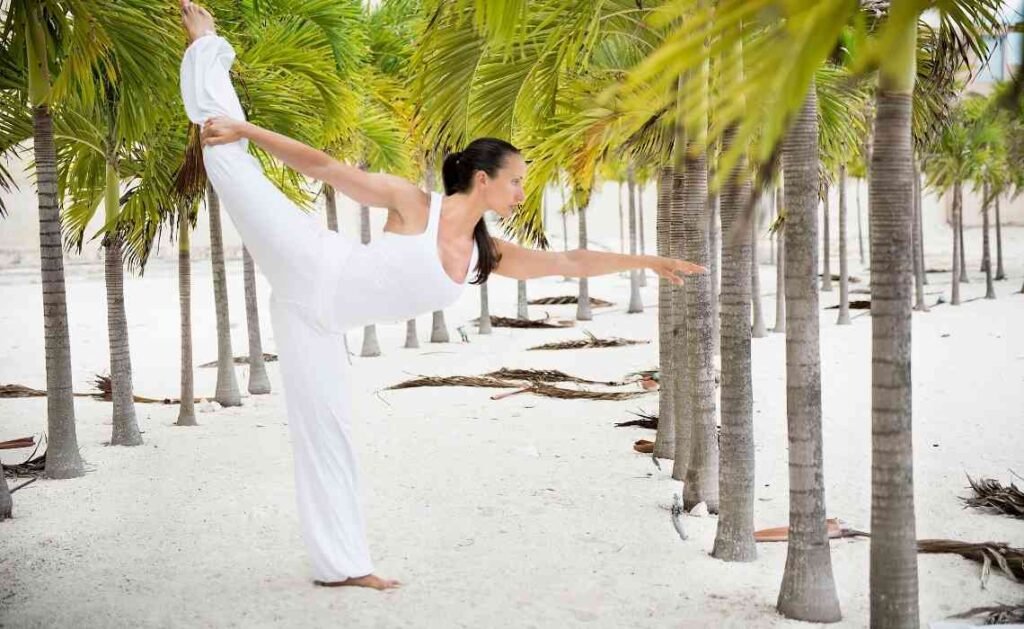
Here, you hold one leg behind you and stretch it upward while reaching forward with the other hand. This pose opens your chest, improves your balance, and strengthens your whole body.
7. Balancing Stick Pose (Tuladandasana)
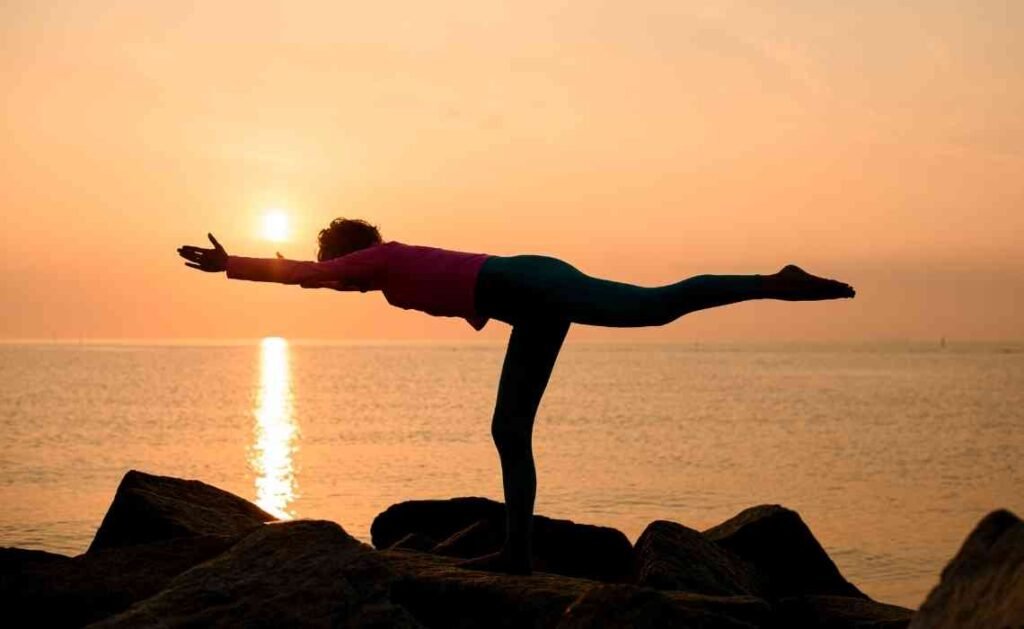
You stretch your body forward while lifting one leg straight behind you, like making a “T” shape. This pose makes your heart work harder, improving blood flow and strengthening your heart muscles.
8. Standing Separate Leg Stretching Pose (Dandayamana-Bibhaktapada-Paschimotthanasana)
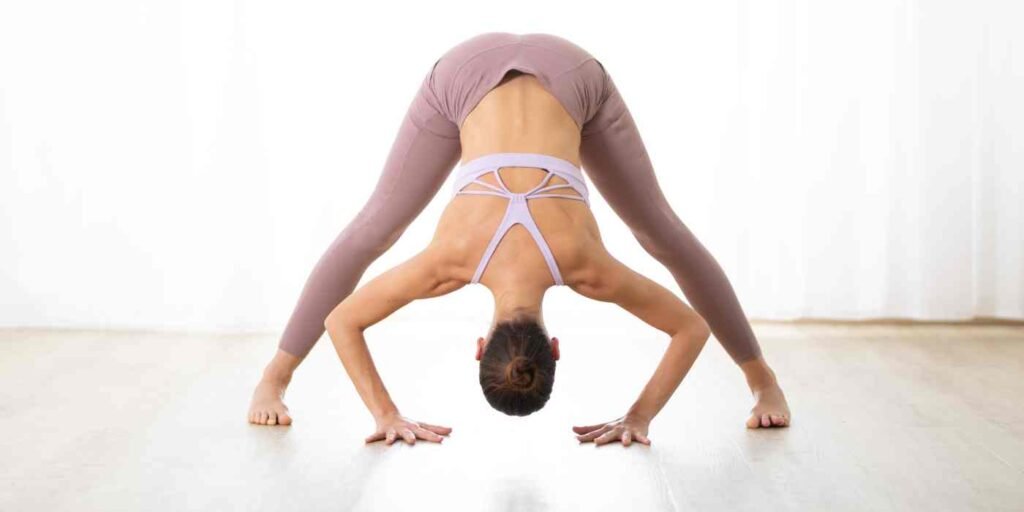
You spread your legs wide apart and bend down to touch your head to the floor. It stretches your hamstrings, strengthens your legs, and calms your mind.
9. Triangle Pose (Trikanasana)
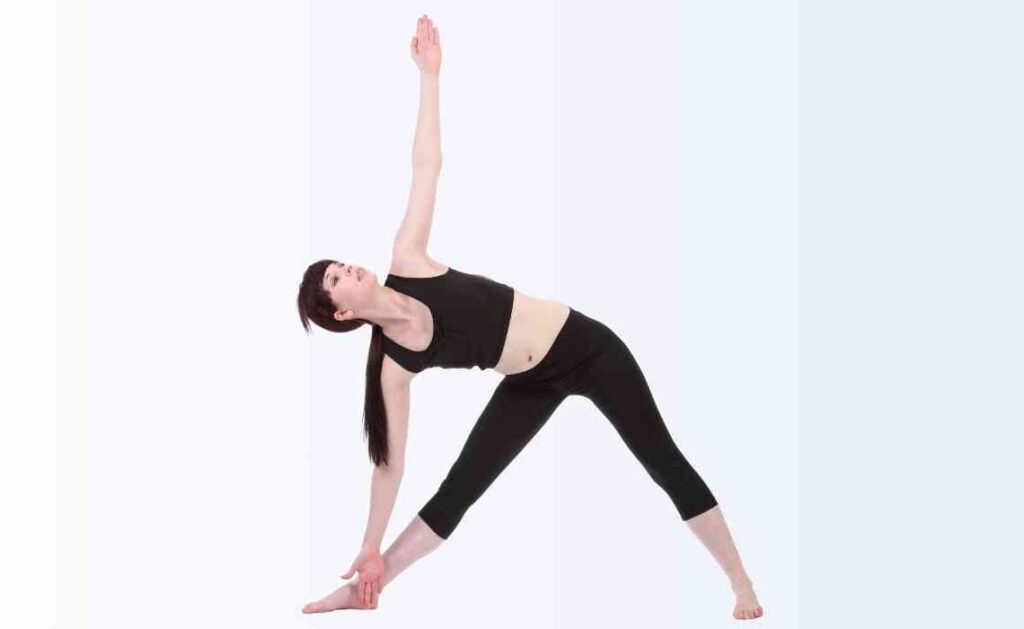
This pose is often called the “master posture” because it works almost every muscle. You stretch sideways with one hand reaching toward the ground and the other hand reaching toward the sky. It strengthens your legs, hips, and spine.
10. Standing Separate Leg Head to Knee Pose (Dandayamana-Bibhaktapada-Janushirasana)
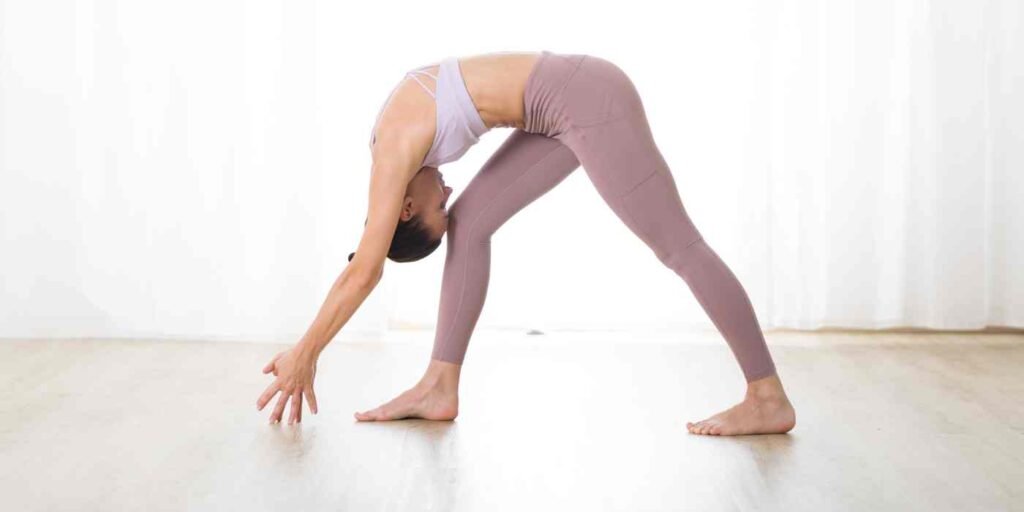
In this pose, you again spread your legs wide but twist your body to face one leg, then bend over it. It massages your internal organs, helps digestion, and strengthens your spine.
11. Tree Pose (Vrikshasana)
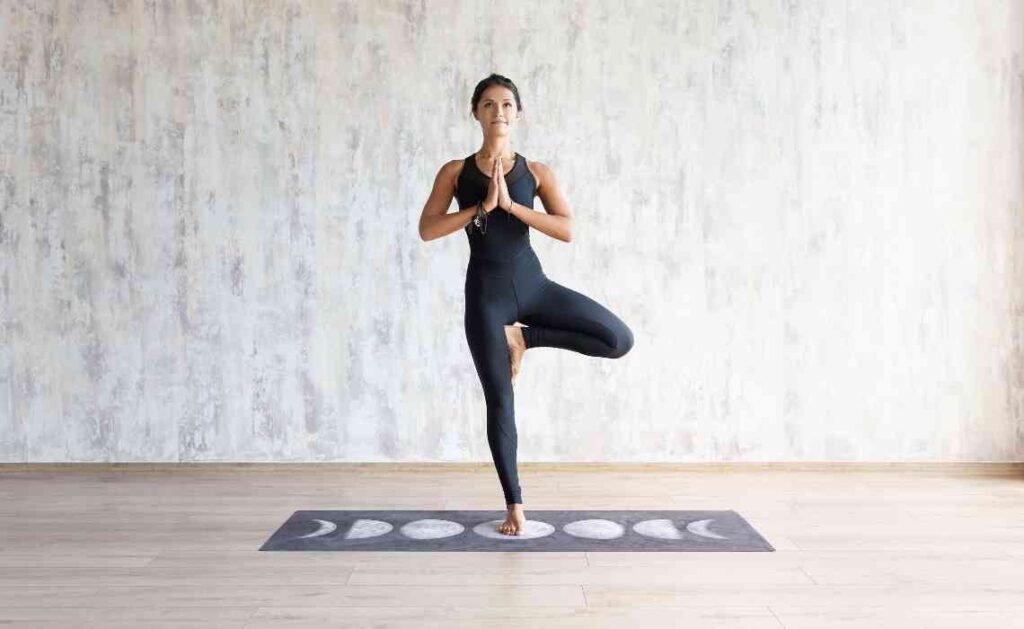
You balance on one leg while the other foot rests on the standing leg’s thigh. It teaches patience, builds focus, and strengthens your ankles and knees.
12. Toe Stand Pose (Padangustasana)
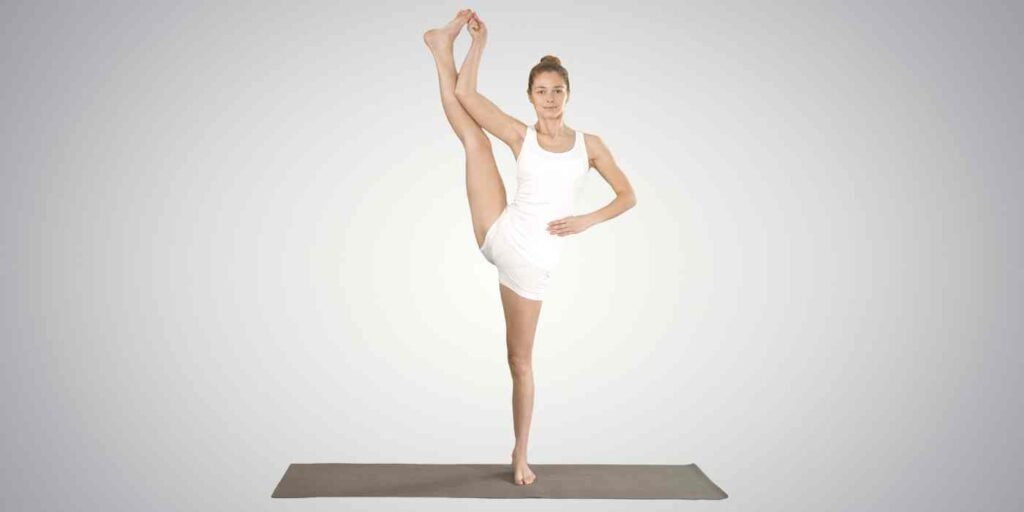
While balancing in Tree Pose, you slowly squat down to sit on your toes. This builds strength in your feet and legs and improves your balance and concentration.
13. Dead Body Pose (Savasana)
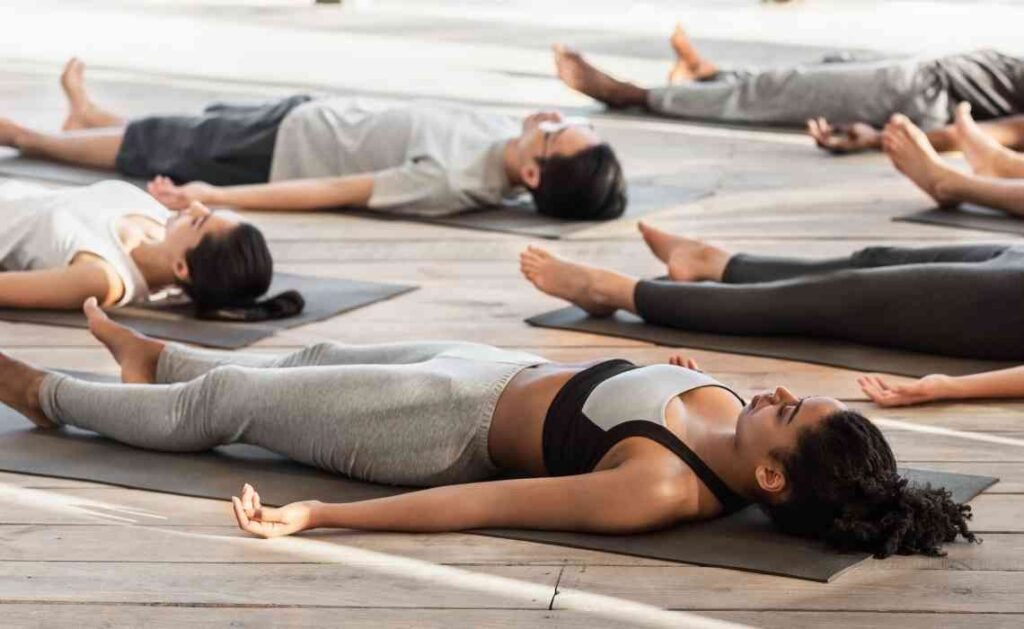
After working hard, it is time to rest! You lie flat on your back like a sleeping person. This helps your body recover and absorb all the benefits of the poses you just did.
14. Wind Removing Pose (Pavanamuktasana)
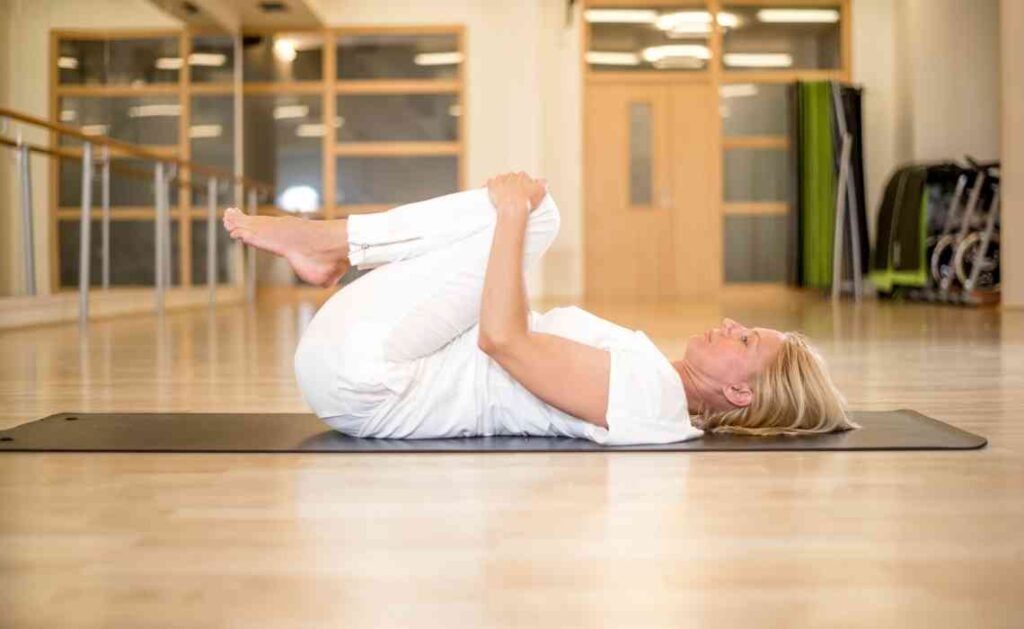
Lying on your back, you hug your knees to your chest. It helps remove air from your stomach and massages your intestines, which is great for digestion.
15. Sit Up
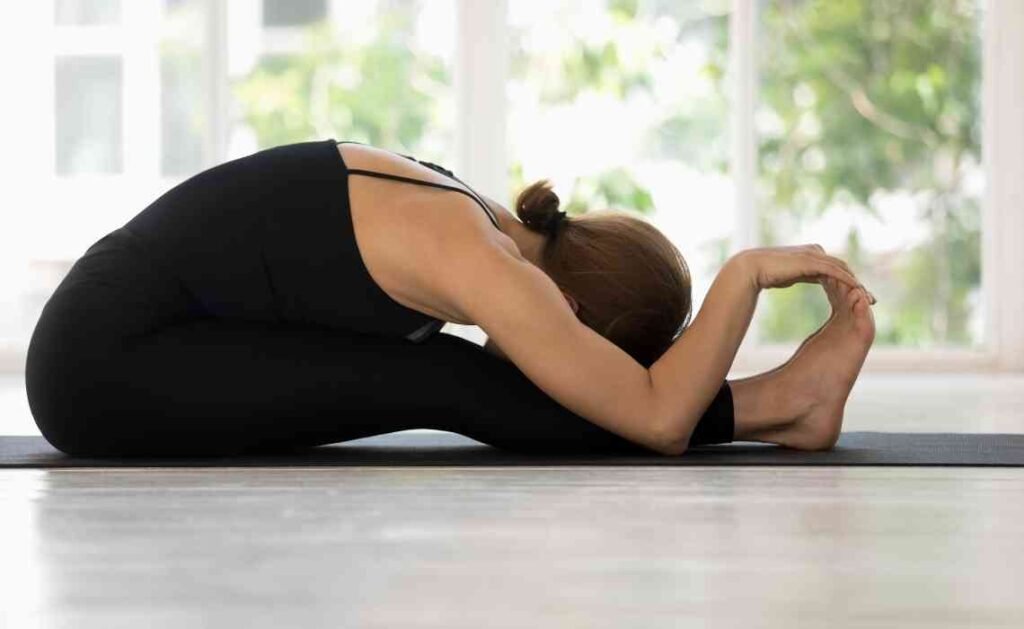
You quickly sit up from lying down by swinging your arms and reaching for your toes. This action strengthens your belly muscles and wakes up your body.
16. Cobra Pose (Bhujangasana)
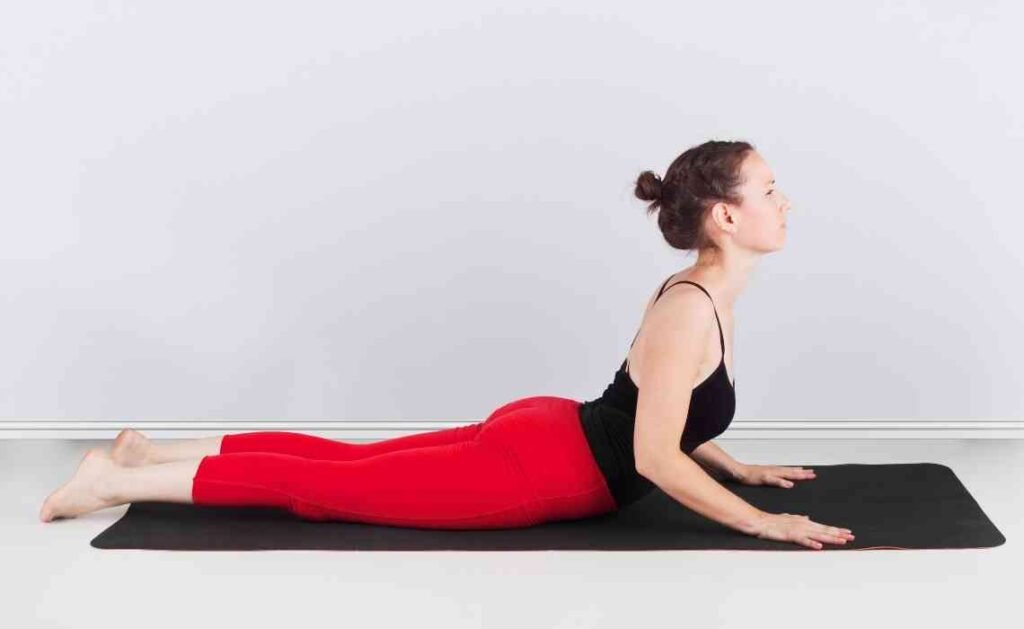
You lie on your belly and push your chest up with your arms. Cobra Pose strengthens your lower back and stretches your chest and shoulders.
17. Locust Pose (Salabhasana)
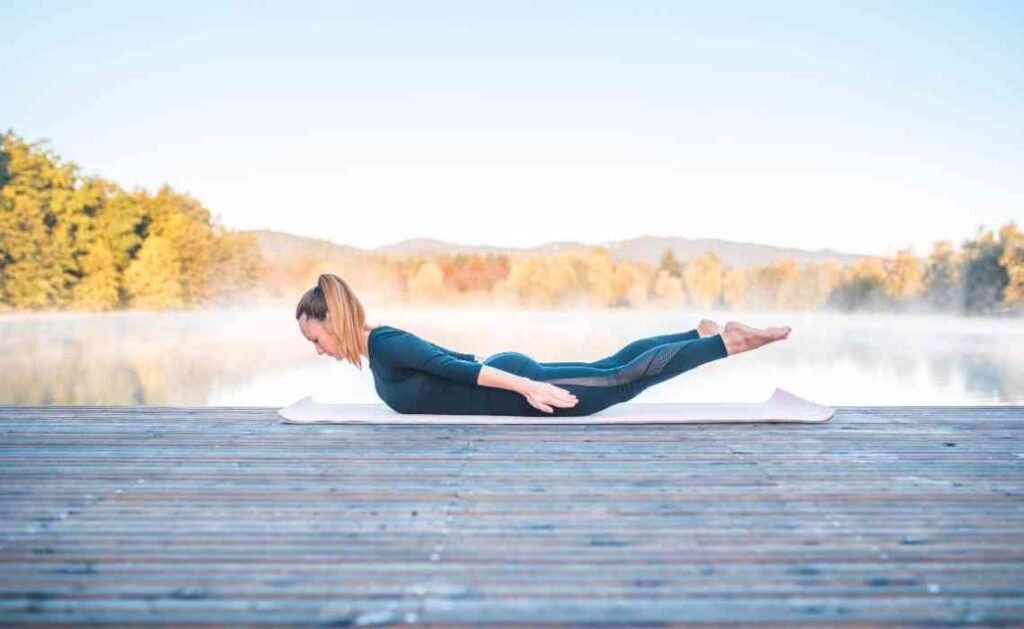
In Locust Pose, you lie flat and lift your legs and arms off the ground. It is a tough move that makes your back muscles very strong.
18. Full Locust Pose (Poorna-Salabhasana)
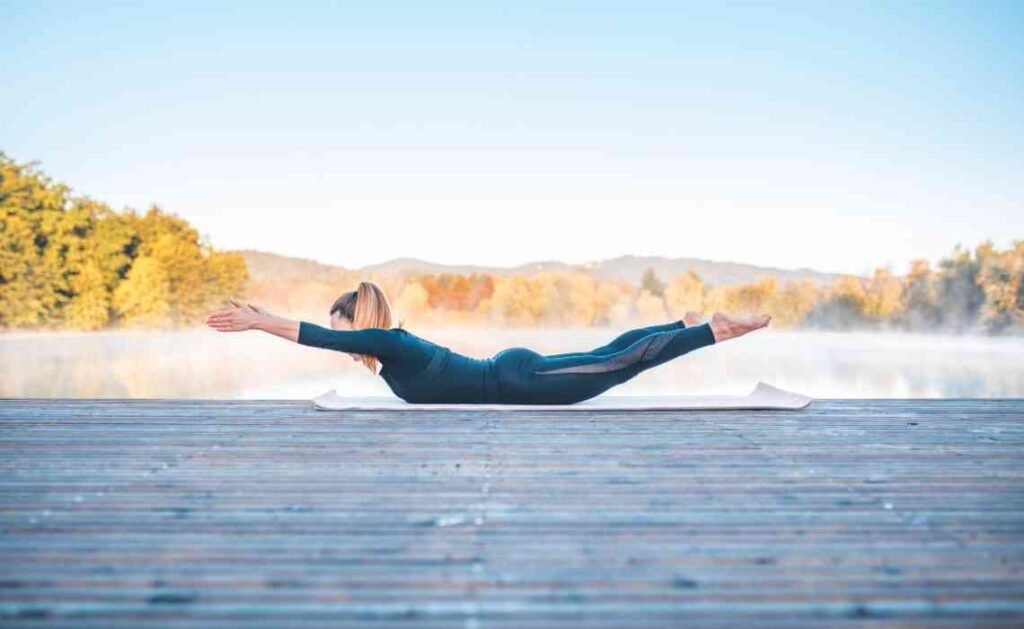
Building on Locust Pose, you now lift both your arms and legs higher while keeping your chest off the ground. This pose boosts strength in your back, shoulders, and legs.
19. Bow Pose (Dhanurasana)
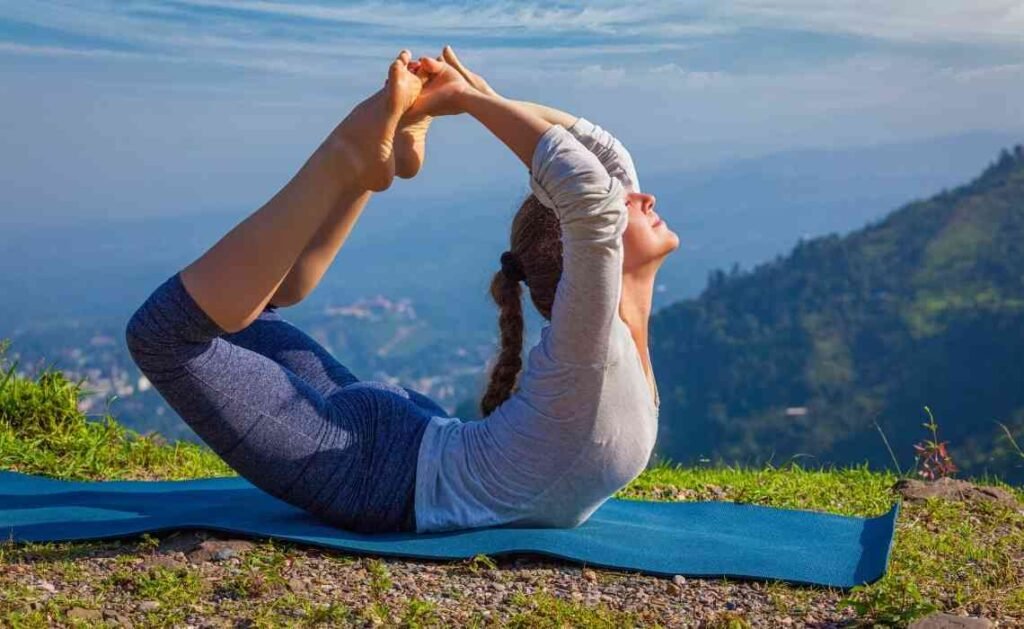
You grab your ankles behind your back and lift your chest and legs up like a bow. It stretches your whole body and strengthens your back.
20. Fixed Firm Pose (Supta-Vajrasana)
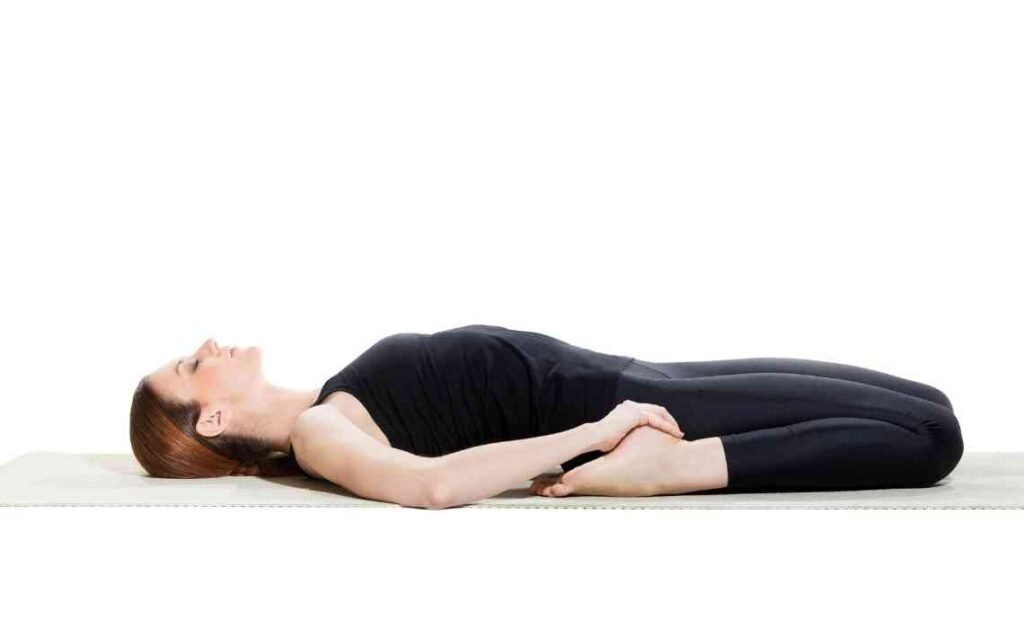
You sit between your feet and lean back to lie on the floor. It stretches your thighs, knees, and ankles and is great for joint health.
21. Half Tortoise Pose (Ardha-Kurmasana)
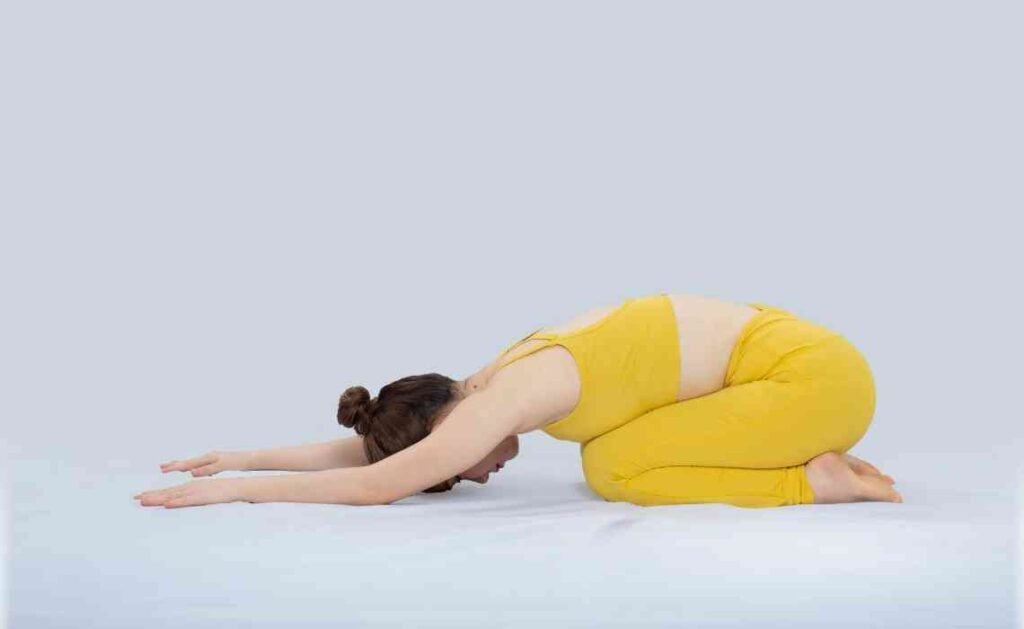
You kneel and stretch your arms forward on the floor. This pose helps calm your mind and is great for relaxing your whole body.
22. Camel Pose (Ustrasana)

Standing on your knees, you reach backward to grab your heels and lift your chest to the sky. This pose opens your chest and strengthens your spine and shoulders.
23. Rabbit Pose (Sasangasana)
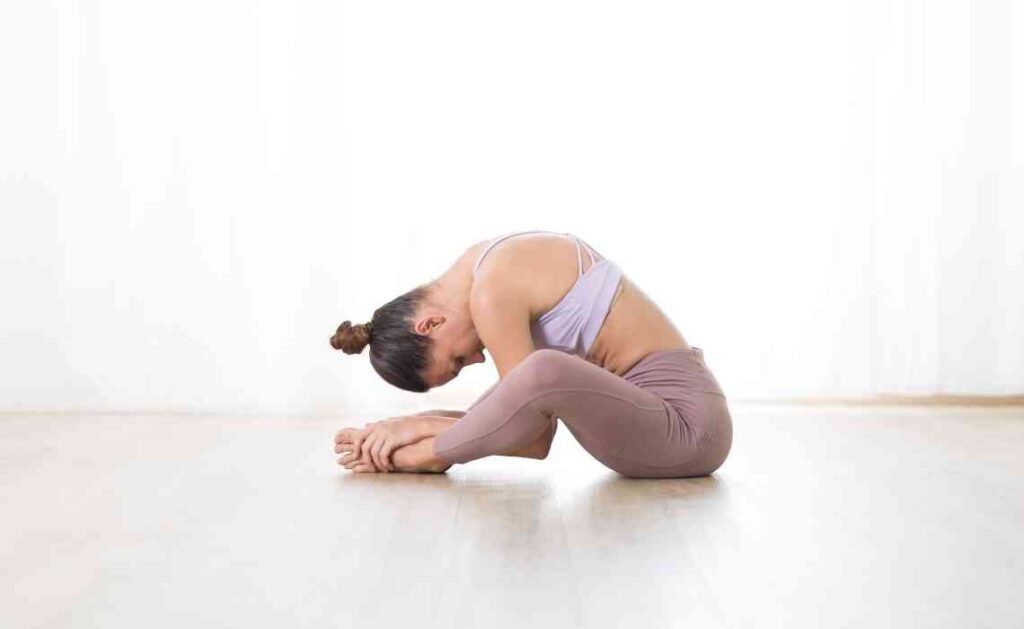
In Rabbit Pose, you kneel, tuck your chin into your chest, and roll forward to touch the top of your head to the floor while grabbing your heels. This pose stretches your spine and helps reduce stress.
24. Head to Knee Pose (Janushirasana) and Stretching Pose (Paschimottanasana)
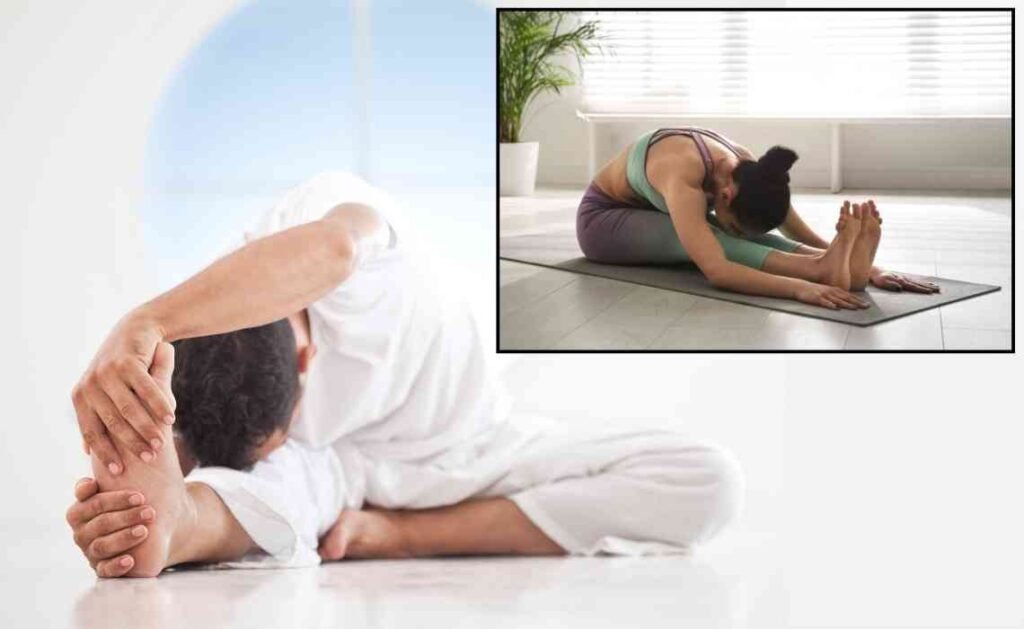
Sitting down, you stretch one leg out and bend forward over it, then later stretch both legs forward. These poses make your legs and back more flexible and help your digestion.
25. Spine Twisting Pose (Ardha-Matsyendrasana)
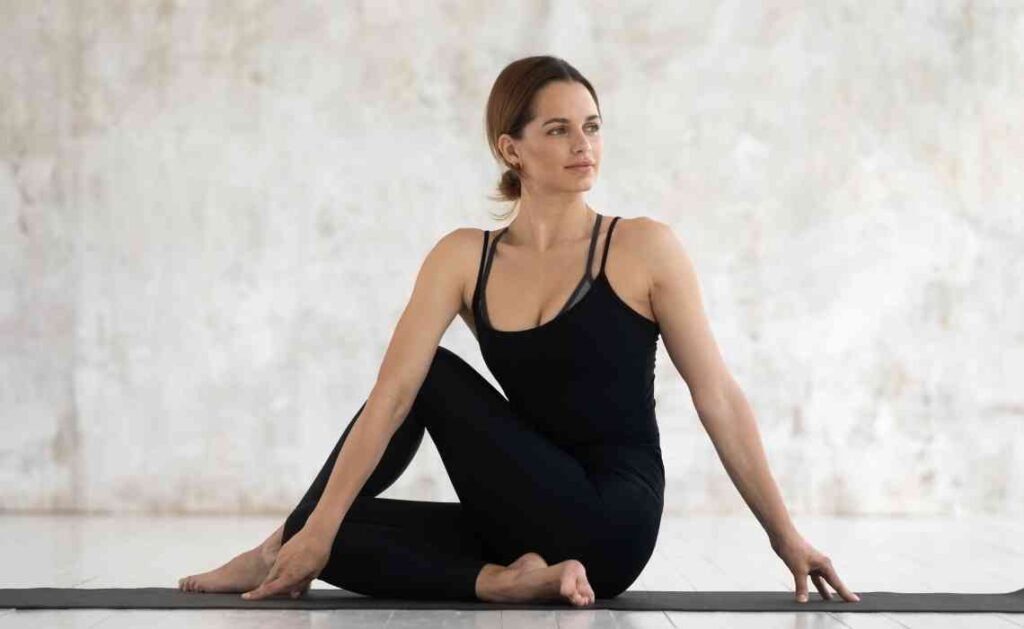
You sit and twist your body while using one hand to hold the opposite knee. This twist massages your internal organs and keeps your spine flexible.
26. Blowing in Firm Pose (Kapalbhati in Vajrasana)
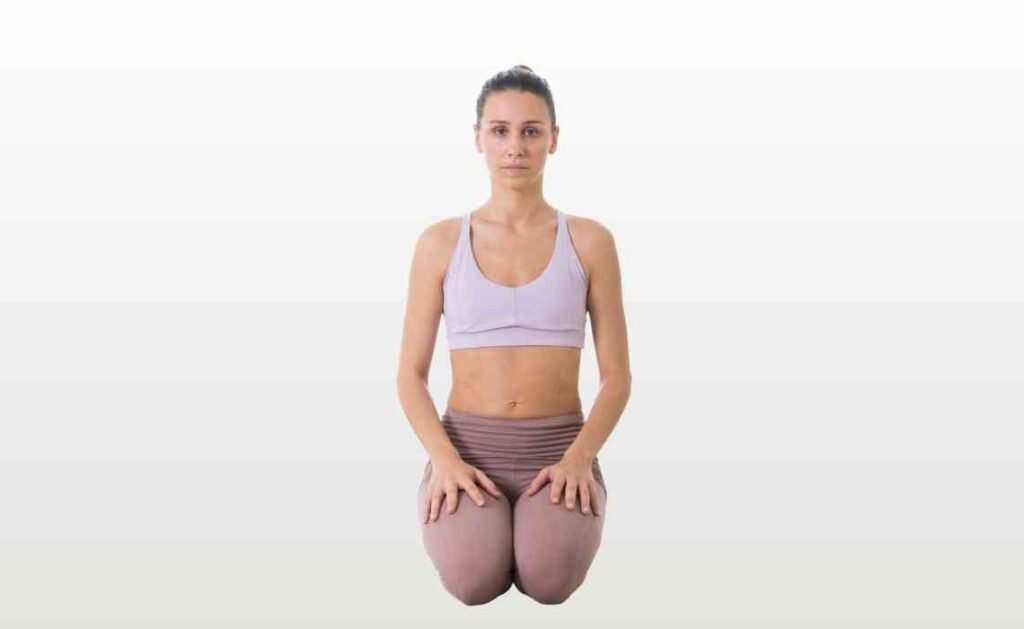
The class ends with a strong breathing exercise where you blow air quickly through your nose. It cleans out your lungs, energizes your body, and boosts your focus.
Why Are the 26 Yoga Poses Important?
These 26 poses are carefully chosen to move your body in all directions: forward, backward, sideways, and upside down. Each pose builds strength, improves flexibility, and keeps your organs healthy. Practicing them in the same order each time also helps you build mental discipline and track how much you improve.
When you practice Bikram Yoga regularly, you might notice better posture, stronger muscles, a healthier mind, and even better sleep! Plus, sweating in the heat helps flush out toxins from your body.
Is Bikram Yoga Safe for Everyone?
Bikram Yoga can be challenging because of the heat, so it is important to listen to your body. Always drink plenty of water before and after the class. If you feel dizzy or tired, it is okay to sit down and rest.
If you are a beginner, it is a good idea to talk to your doctor first, especially if you have heart problems, breathing issues, or other medical concerns.
The 26 yoga poses called Bikram Yoga poses offer a complete workout for your body and mind. Whether you are young or old, flexible or stiff, you can start practicing and slowly see improvements. The most important thing is to be patient with yourself, listen to your body, and enjoy the journey. Remember, every expert was once a beginner, and every stretch brings you closer to a healthier, happier you!



